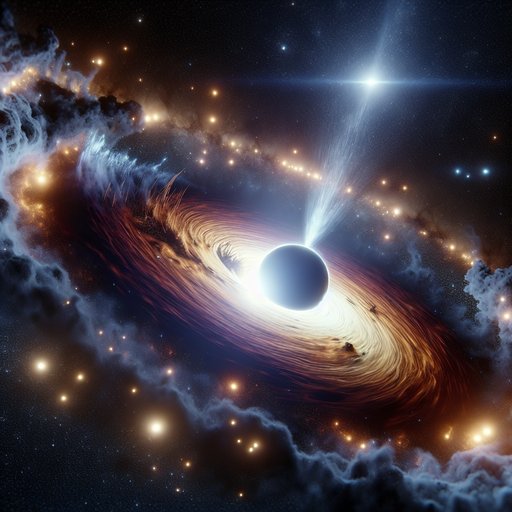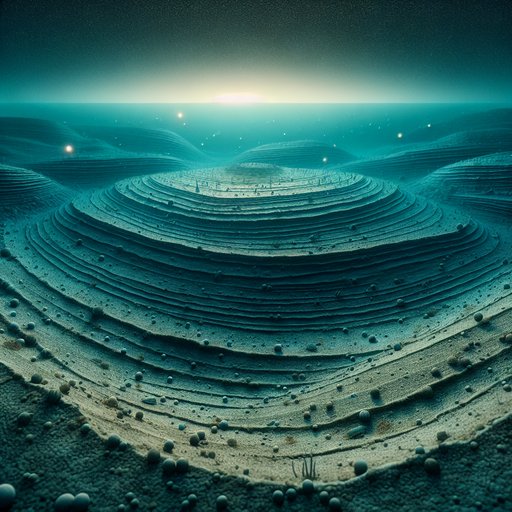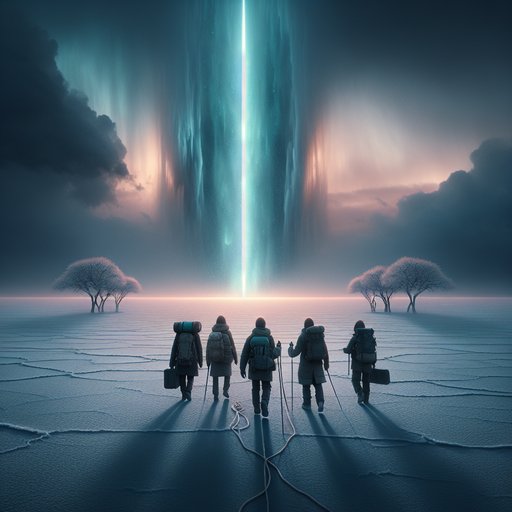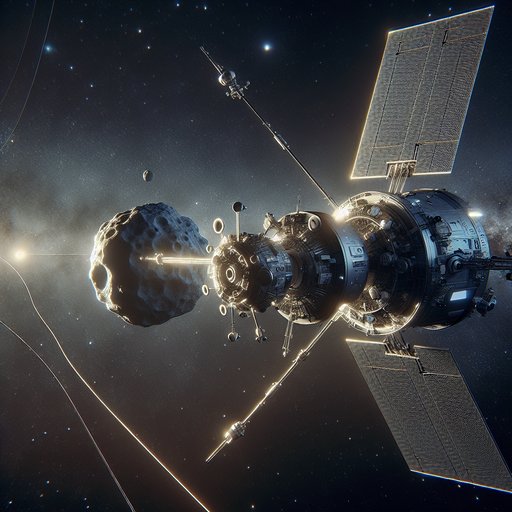
Astronomers are celebrating an extraordinary cosmic discovery, as NASA announced that its famed Hubble Space Telescope and Chandra X-ray Observatory have captured a rare event rarely witnessed in the universe: a unique black hole consuming a star. This collaborative observation offers invaluable insights into the extreme environments where black holes and stars intersect, deepening humanity’s understanding of some of the universe’s most dramatic phenomena. The teamwork between these two cutting-edge telescopes demonstrates yet again how multi-wavelength astronomy can unlock the mysteries of cosmic violence in faraway galaxies [1].
The combined power of the Hubble Space Telescope, which observes the universe in optical and ultraviolet light, and the Chandra X-ray Observatory, which scans for high-energy emissions, has allowed researchers to pinpoint a possible new example of a black hole tearing apart a star in a process known as a tidal disruption event. These events are not just visually remarkable; they are scientifically crucial for unlocking how black holes grow by consuming surrounding matter, and how they may shape the galaxies hosting them. Such rare sightings are possible only when the universe conspires to show a star wandering fatally close to the immense gravitational pull of a black hole [1].
What makes this discovery even more exciting is the ability to witness the event in real-time across different forms of light. Chandra’s view in X-rays spotlights the hot gas swirling around the black hole, while Hubble’s sharp eye confirms the visible and ultraviolet changes occurring as the star is shredded. The dynamic dance between telescopes is vital for piecing together how material flows, heats up, and eventually vanishes inside or around the black hole. Beyond sheer spectacle, these findings could refine our theories on the lives—and sometimes violent deaths—of stars within distant galaxies.
Such achievements underscore the value of continued investment and international cooperation in space astronomy. Modern observatories are now capable of both focusing on specific phenomena and casting wide nets to catch unexpected events. While scientists are already looking ahead to the possibilities of future large telescopes—on Earth, in orbit, and even on the Moon—Hubble and Chandra’s continued productivity demonstrates the enduring worth of these veteran observatories [1].
























